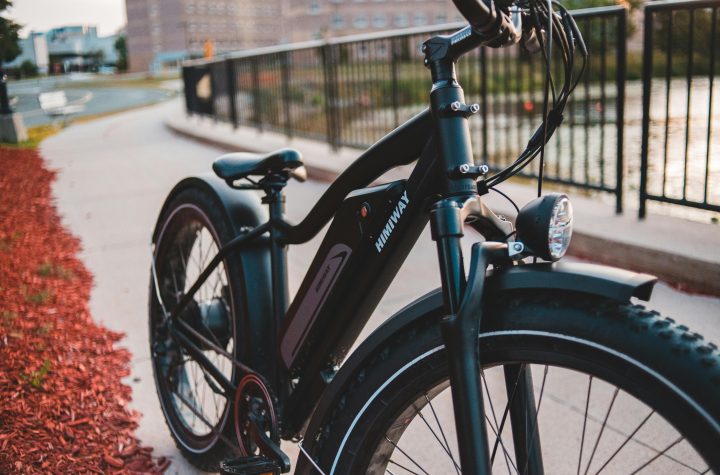
Golf, first invented in Scotland some 500 years ago has spread across the globe and become one of the world’s favorite sport. Today, the United States, Japan, and this sport’s native Scotland in particular are home to many golfers, and a golfer may often visit local courses to practice their game. A golf course will, naturally, have everything that the golfer needs. But in other cases, a golfer may have trouble reaching a local golf course for practice, such as if those course are very far away or if those courses get a lot of guests. In yet other cases, bad weather might prevent a golfer from visiting a course, but they don’t want to miss out on practice entirely. Solutions can be used: synthetic putting greens in the backyard, such as home putting greens, and even indoor golf simulators. Artificial putting greens, or synthetic putting greens, are ideal for practicing putting technique at the convenience of one’s own property, and synthetic golf greens may also be found in an indoor simulator in some cases.
Install a Synthetic Putting Green
A golfer who can’t, or simply doesn’t want to, visit local golf courses for practice may install a synthetic putting green in their very own backyard when they use the right tools and materials. In general, these home synthetic putting greens are anywhere from 600 to 1,800 square feet, and they may even include a sand trap. These synthetic putting green may be completely built in under three days, but it may take as much as a week for larger greens. To start with, the golfer must have a backyard large enough for this artificial green, and they can choose where in the backyard they will install this area (and its shape may also be decided upon, such as an oval or square). Golf greens are known for being very level and smooth, like a table, so the builder will want to excavate the ground and make it as smooth and flat as possible. The golfer may also lay down fabric, tarps, and other material at the bottom of the excavated pit to prevent the ground from sagging during rain. The green may also be built with a slight, smooth slope to allow rain water to flow off of it.
The golfer may put down fresh soil of their choice in this area, and they may put down artificial turf that closely mimics what a real golf green would have (or even put down real grass if they so choose, and carefully mow it). The golfer may also install one or more holes as they choose, and practice putting into those holes. If desired, the golfer might also put up temporary fences or screens around the putting green to keep wildlife away from it, so no squirrels don’t bury nuts there and to prevent animals from defecating or digging up the soil. If necessary, the golfer may even put in underground screens or noise makers to keep gophers away, if gophers are a persistent problem in the area.
Indoor Golf Practice
Synthetic putting greens are an excellent choice for putting practice at the convenience of one’s own home, but for practicing a full swing, an indoor golf simulator may be a fine idea. Here again, a golfer may bring their game to the house if weather or distances make it difficult to practice elsewhere. In this case, the golfer will choose a spacious room for the simulator and clear away as much room as needed, and put down a patch of artificial turf that may also hold golf tees. This simulator involves a detailed, HD program that projects an image of a golf course, usually with a digital projector putting an image on a screen or blank white wall. The golfer may buy a projector and the program itself, and connect everything to a PC or laptop as needed to run it. For safety and convenience, the golfer will set up nets on either side of the simulator practice area, so that loose balls are easier to collect. This also prevents the balls from striking and damaging other items (or even people) in the room.




More Stories